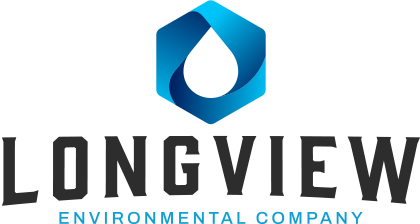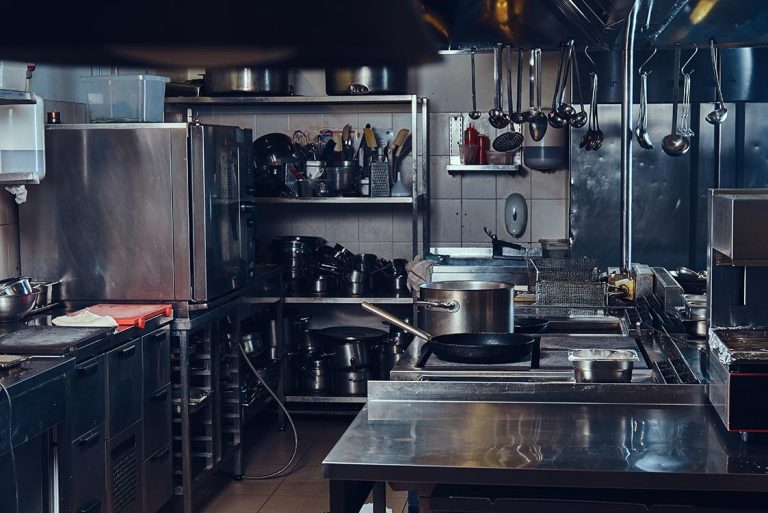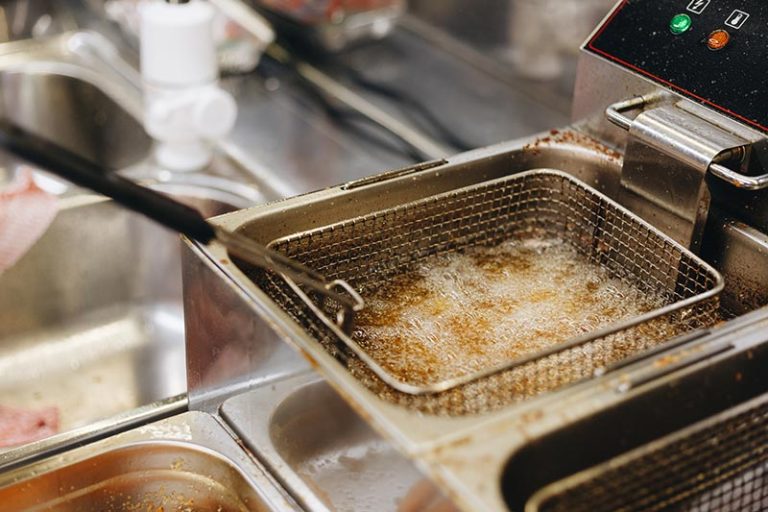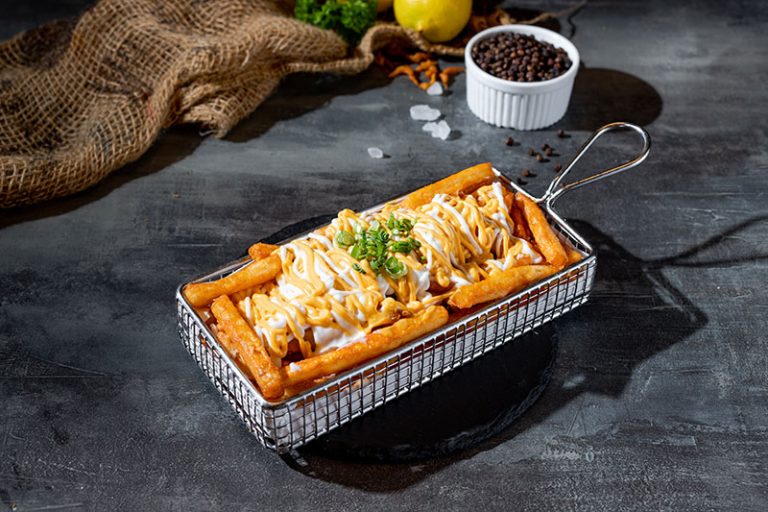Choosing the Right Oil Collection System for Your Commercial Kitchen
Understanding the Impact of Choosing the Right System
Every commercial kitchen has unique demands, from the volume of oil produced to the physical layout of the space. Selecting the right oil collection system is crucial for maintaining efficiency, safety, and compliance. While Longview Environmental focuses on educating restaurant owners about their options rather than providing systems, we believe understanding your choices empowers you to make the best decision for your kitchen’s needs.
Assessing Your Kitchen’s Needs
The first step in choosing the right oil collection system is evaluating your kitchen’s specific requirements. Factors such as the amount of oil your restaurant generates, available space for equipment, and staff workflows all play a role. For example, high-volume kitchens may require larger, outdoor systems, while smaller establishments might benefit from compact, indoor units.
Consider your operational priorities. Is reducing labor costs a primary goal? Are you looking for systems that minimize handling to improve safety? Understanding what matters most to your business ensures that the system you select aligns with your needs. Consulting with vendors or industry experts can also help clarify the most effective solutions for your setup.
Exploring System Options: Manual vs. Automated
Oil collection systems typically fall into two categories: manual and automated. Manual systems are more budget-friendly initially but require staff to handle oil directly, which can lead to safety risks and inconsistencies in oil quality. These systems are best suited for kitchens with lower oil volumes and tight budgets.
Automated systems, while requiring a higher upfront investment, offer unparalleled efficiency and safety. These systems use pumps and piping to transfer oil directly from fryers to sealed storage tanks, eliminating manual handling. Some models include smart sensors that monitor oil levels and quality in real time, helping restaurants optimize their oil management. For kitchens with high oil output or those looking to reduce labor costs and accidents, automated systems are a game-changer.
Matching the System to Your Kitchen Layout
The physical layout of your kitchen significantly impacts which system will work best. Compact kitchens with limited floor space may benefit from small-scale, indoor storage solutions designed to fit seamlessly into tight areas. In contrast, restaurants with more space can consider outdoor systems that free up valuable kitchen real estate while accommodating larger volumes of oil.
Integration with your kitchen’s existing workflow is equally important. The system you choose should align with how your staff operates to avoid disruptions during service. For example, strategically placed transfer points near fryers can make oil disposal quicker and more efficient, reducing downtime and enhancing productivity.
The Long-Term Benefits of an Informed Decision
Selecting the right oil collection system goes beyond the initial investment—it’s about creating long-term value. Properly managed oil disposal reduces the risk of fines associated with regulatory non-compliance, minimizes safety hazards, and supports sustainability efforts by ensuring oil is stored cleanly for recycling.
Systems that include smart technology, like IoT-enabled monitoring, future-proof your kitchen by providing real-time insights into oil usage and quality. This data can help you optimize your recycling processes, increasing the potential for rebates and reinforcing your commitment to eco-friendly practices.
Taking the Next Step Toward an Efficient Kitchen
Choosing the right oil collection system is a decision that impacts every aspect of your kitchen’s operations. From improving staff safety to supporting sustainability goals, the benefits of an effective system are undeniable. Longview Environmental encourages restaurant owners to explore their options, consult with experts, and consider how different systems can meet their unique needs.
By taking the time to assess your requirements and research available technologies, you’re not just solving a waste management challenge—you’re laying the foundation for a more efficient, compliant, and sustainable kitchen.








